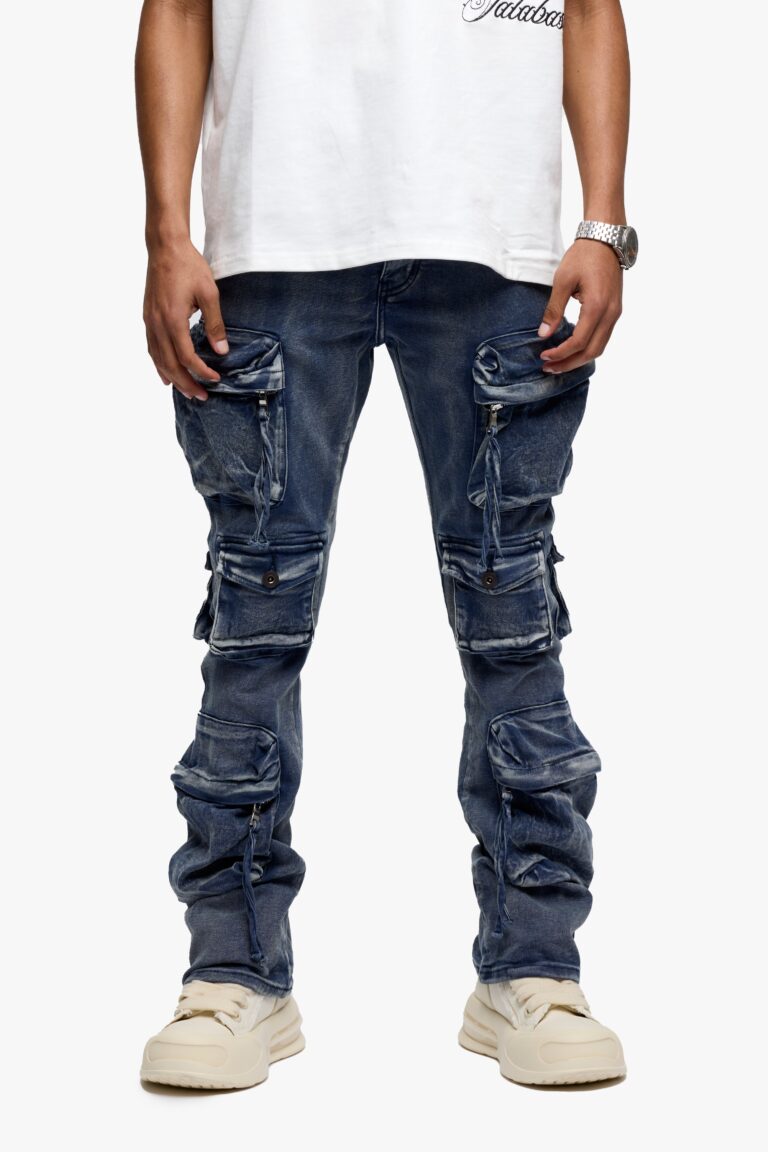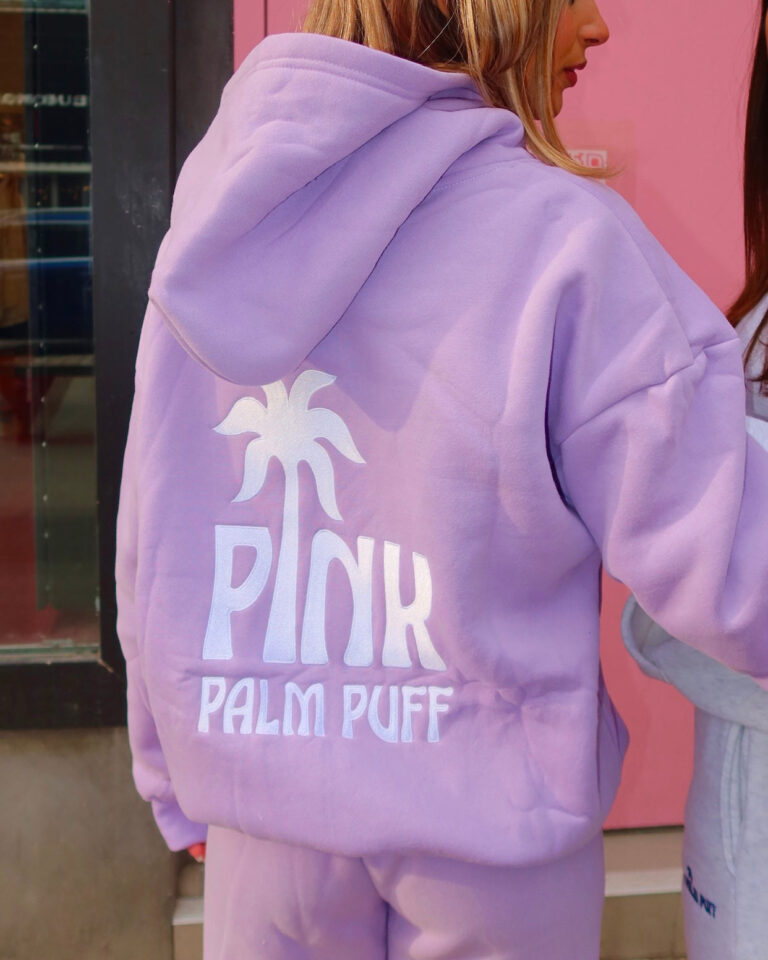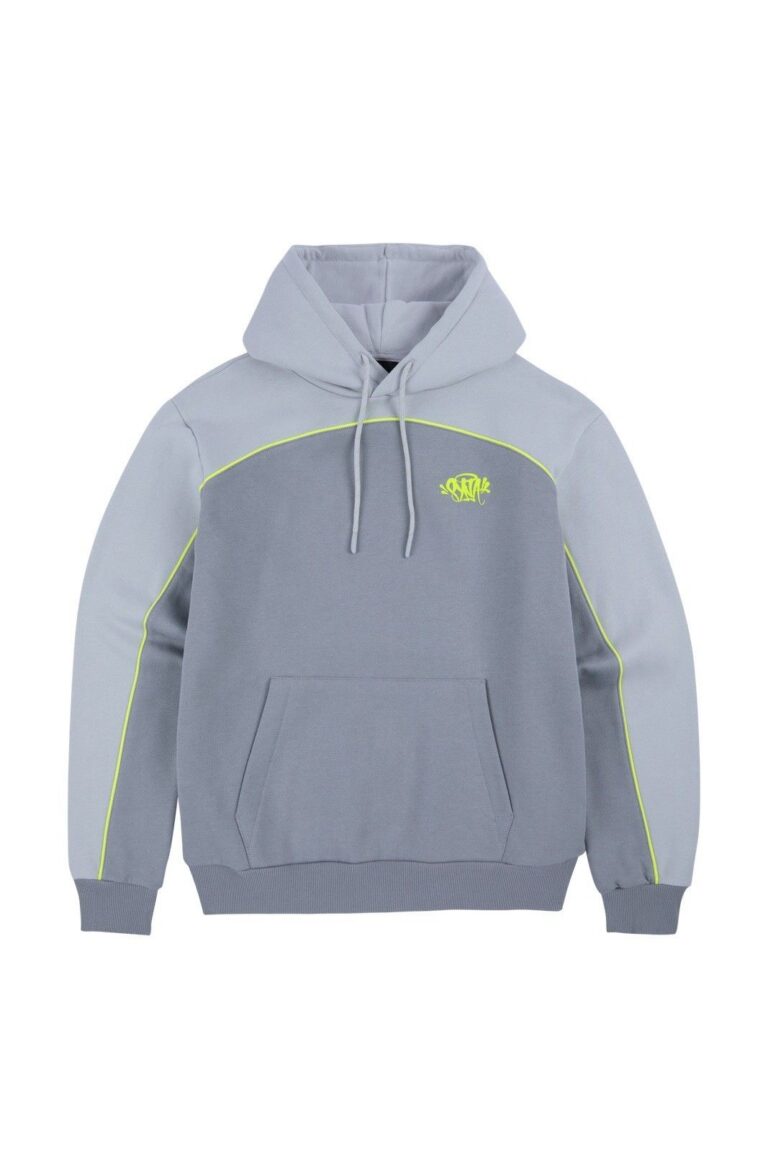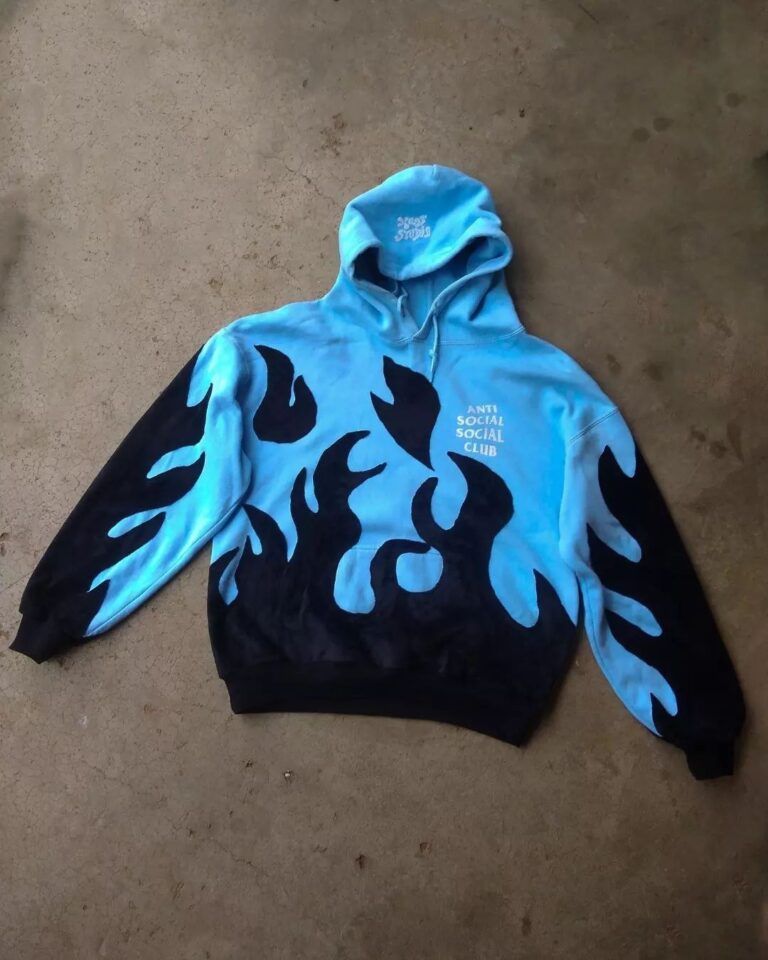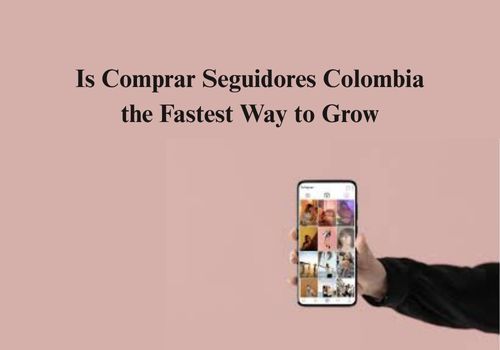
Cactus Plant Flea Market
Cactus Plant Flea Market (often abbreviated as CPFM) was founded in 2015 by designer Cynthia Lu, who worked quietly behind the scenes in the fashion and music industries before launching her own label. Unlike most new brands that seek publicity and exposure from day one, CPFM took the opposite approach—embracing anonymity and letting the clothes speak for themselves. For years, Lu avoided interviews, skipped major fashion shows, and remained largely unseen, adding to the intrigue surrounding the brand.
This deliberate low-profile approach generated a sense of exclusivity. Fans were curious: Who was behind these playful yet high-quality designs popping up on celebrities? Why was there so little information available? That mystery became a powerful marketing tool, sparking discussions online and fueling the brand’s rise from a niche streetwear label to a global phenomenon.
Aesthetic: Playful, Imperfect, and Instantly Recognizable
What sets CPFM apart from other streetwear labels is its unique visual identity. The brand’s designs embrace a sense of childlike creativity and intentional imperfection. Puffy, three-dimensional letters, irregular smiley faces, mismatched fonts, and vibrant, clashing colors are hallmarks of CPFM’s work. Each piece feels like wearable art—more like a handmade project than something mass-produced.
Instead of chasing trends, CPFM defines its own. The brand combines a sense of nostalgia with surrealism, drawing on everything from vintage Americana to psychedelic imagery. Many items are hand-dyed, hand-stitched, or individually distressed, ensuring that no two pieces are exactly the same. This artisanal approach gives CPFM’s clothing an authenticity that resonates with fans who are tired of cookie-cutter fast fashion. brightfolio.in
Celebrity Endorsements and Underground Credibility
Cactus Plant Flea Market’s rise to fame has been helped enormously by its high-profile supporters. Pharrell Williams, a longtime collaborator and mentor to Cynthia Lu, has worn CPFM extensively, even shouting out the brand in public appearances. Kanye West, Travis Scott, Kid Cudi, Lil Uzi Vert, and members of A$AP Mob have all been spotted in CPFM gear. In sports, stars like LeBron James have brought the brand into arenas and onto television screens, giving it mass exposure without a single traditional advertisement.
What makes these endorsements so impactful is that they feel organic. Celebrities aren’t just wearing CPFM because it’s part of a marketing campaign—they’re wearing it because they genuinely like it. This kind of authentic influence has made the brand even more appealing to fans, who see CPFM as a label endorsed by their cultural heroes.
Collaborations That Transform the Everyday into the Extraordinary
While CPFM has a strong identity on its own, it’s also known for its bold and unconventional collaborations. Over the years, the brand has partnered with Nike on distinctive sneaker designs like the VaporMax, Dunk, and Air Force 1. These releases often feature oversized lettering, mismatched panels, or unexpected materials, turning familiar silhouettes into conversation pieces.
The brand has also teamed up with artists and musicians, producing tour merchandise for Travis Scott, Kid Cudi, and Kanye West’s “Kids See Ghosts” project. Beyond the music industry, CPFM has worked with Stüssy, Uniqlo, and even McDonald’s, reimagining the fast-food chain’s Happy Meal box for adults as a collectible item.
These collaborations highlight CPFM’s ability to merge high fashion, pop culture, and everyday objects into something entirely fresh. By transforming the ordinary into the avant-garde, CPFM has positioned itself as a creative force that blurs the lines between streetwear, art, and cultural commentary.
Scarcity, Hype Economy, and Cultural Movement
One of the most important factors behind CPFM’s success is its scarcity model. Unlike traditional brands that follow seasonal fashion calendars, CPFM releases products on its own schedule—sometimes without any warning. These surprise “drops” sell out within minutes, driving up demand and fueling a thriving resale market where prices often double or triple.
The brand’s limited availability taps into the psychology of the hype economy, where rarity equals desirability. Fans and collectors rush to secure pieces before they disappear, knowing that once a design is gone, it’s unlikely to be restocked. This strategy has made CPFM’s clothing not just fashion items, but also cultural artifacts.
More than just selling clothes, CPFM has built a lifestyle around its identity. It appeals to creative, independent-minded consumers who value originality and self-expression over
conformity. In this way, CPFM has evolved beyond a brand into a cultural movement—one that celebrates the imperfect, the playful, and the unexpected. brightfolio.in

